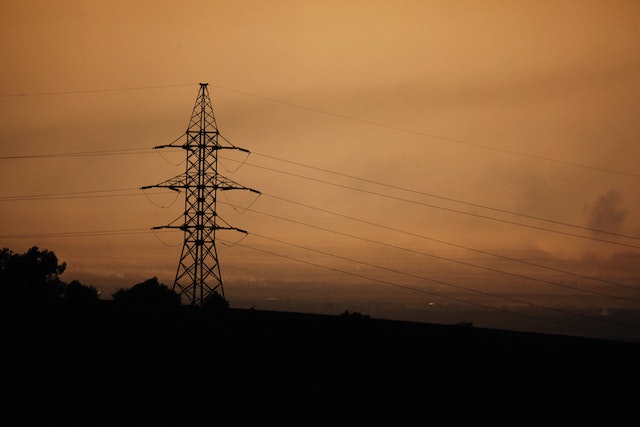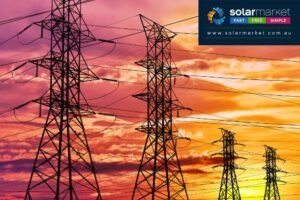Perth Power Blackouts: Updates and Solutions
As Western Australia experiences another hot summer season, residents in Perth and the South West are at risk of power cuts. Challenges around power station supply chains have heightened the risk this summer. To help address this issue, Western Power has launched a campaign to keep the lights on and ensure that consumers have adequate electricity supplies. One of the measures taken is the use of targeted text messages that will be sent to customers if their suburb is at risk of power disruptions. These messages will encourage energy conservation in an effort to reduce the likelihood of blackouts.
While power outages can be inconvenient, there are several solutions that can provide some relief. One of the options available to electricity customers in Perth is the installation of battery backup systems. When paired with solar panels, these systems allow households to continue consuming electricity even during a blackout.
In this article, we will provide updates on the situation in Perth and discuss some of the solutions that can help mitigate the impact of power outages. We will also touch on the importance of energy conservation and the role that individual households can play in ensuring a stable electricity supply.
- Western Power’s Summer Readiness Campaign
As mentioned earlier, Western Power has launched a campaign to ensure that residents in Perth and the South West region have sufficient electricity supplies during the summer months. In addition to sending targeted text messages to customers at risk of power disruptions, the utility company is also providing information and resources on its website to help customers prepare for potential outages.
Customers can track power outages in real-time on Western Power’s website, which provides information on the location, cause, and estimated restoration time of outages. This can be helpful for those who want to stay informed about the status of their electricity supply and plan accordingly.
- Battery Backup Systems
One of the solutions available to electricity customers in Perth is the installation of battery backup systems. These systems store excess electricity generated by solar panels and other sources, which can then be used during a power outage.
When paired with solar panels, battery backup systems can provide a reliable source of electricity during blackouts. They can also help households save money on their electricity bills by reducing their reliance on the grid.
It’s very important to note though that not all battery systems provide backup when the grid is down. Make sure you let your solar installer know that this is a requirement. You can do this via the comment section on the form on the right.
There are several factors to consider when choosing a battery backup system, including the size of the system, the type of battery, and the warranty. It’s important to do research and consult with a professional before making a decision.
- Solar and Battery Systems
Another option for reducing the impact of power outages is to install a solar and battery system. These systems combine solar panels and battery backup systems to provide a complete off-grid power solution.
Solar and battery systems are a great option for households that are looking to reduce their carbon footprint and save money on their electricity bills. They can provide a reliable source of electricity during blackouts and reduce reliance on the grid.
Like battery backup systems, solar and battery systems come in a variety of sizes and configurations. It’s important to do research and consult with a professional before making a decision.
- The Importance of Energy Conservation
In addition to the solutions mentioned above, it’s also important for households to play their part in conserving energy. This can help reduce the likelihood of power outages and ensure that there is enough electricity to go around.
There are several simple ways to conserve energy in the home, such as turning off appliances and lights when they are not in use, using energy-efficient appliances, and sealing drafty windows and doors. Consumers can also schedule loads like pool pumps to the middle of the day (not evenings) when there is an excess of solar power available on the grid. These small changes can make a big difference in reducing energy consumption and helping to keep the lights on.










